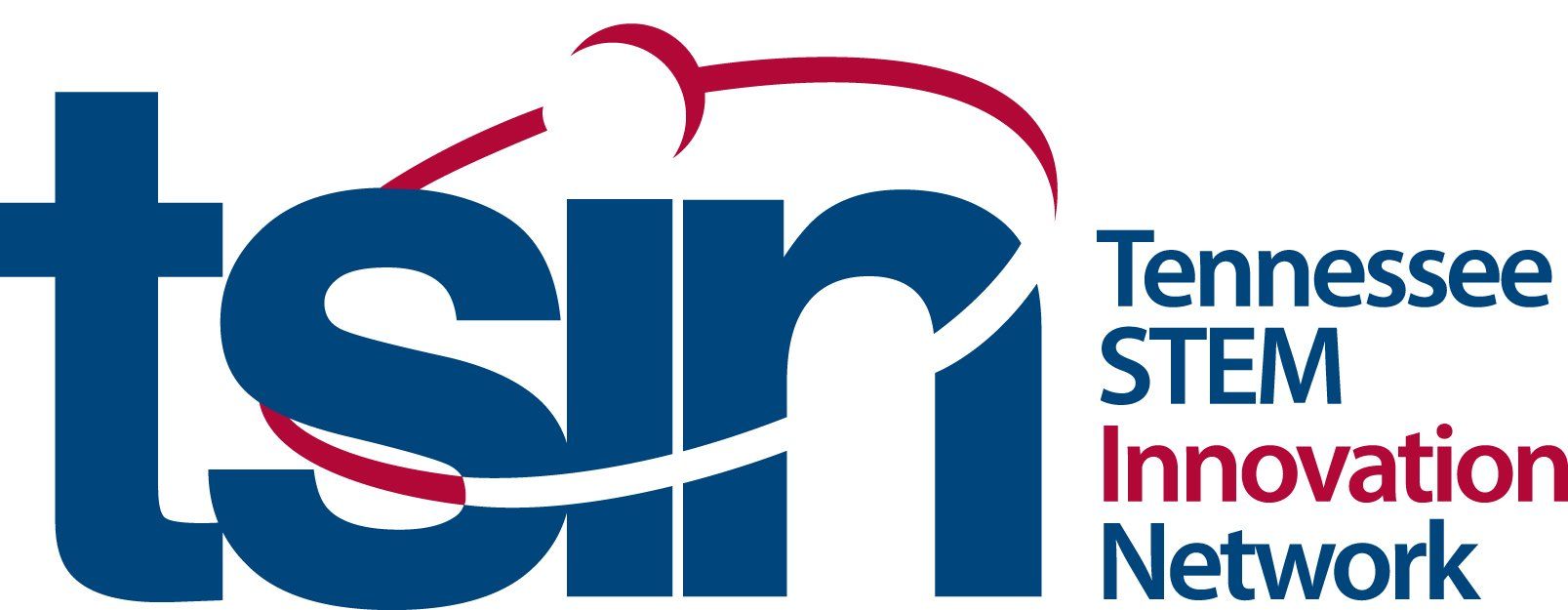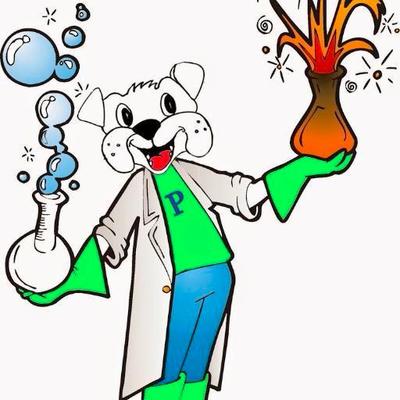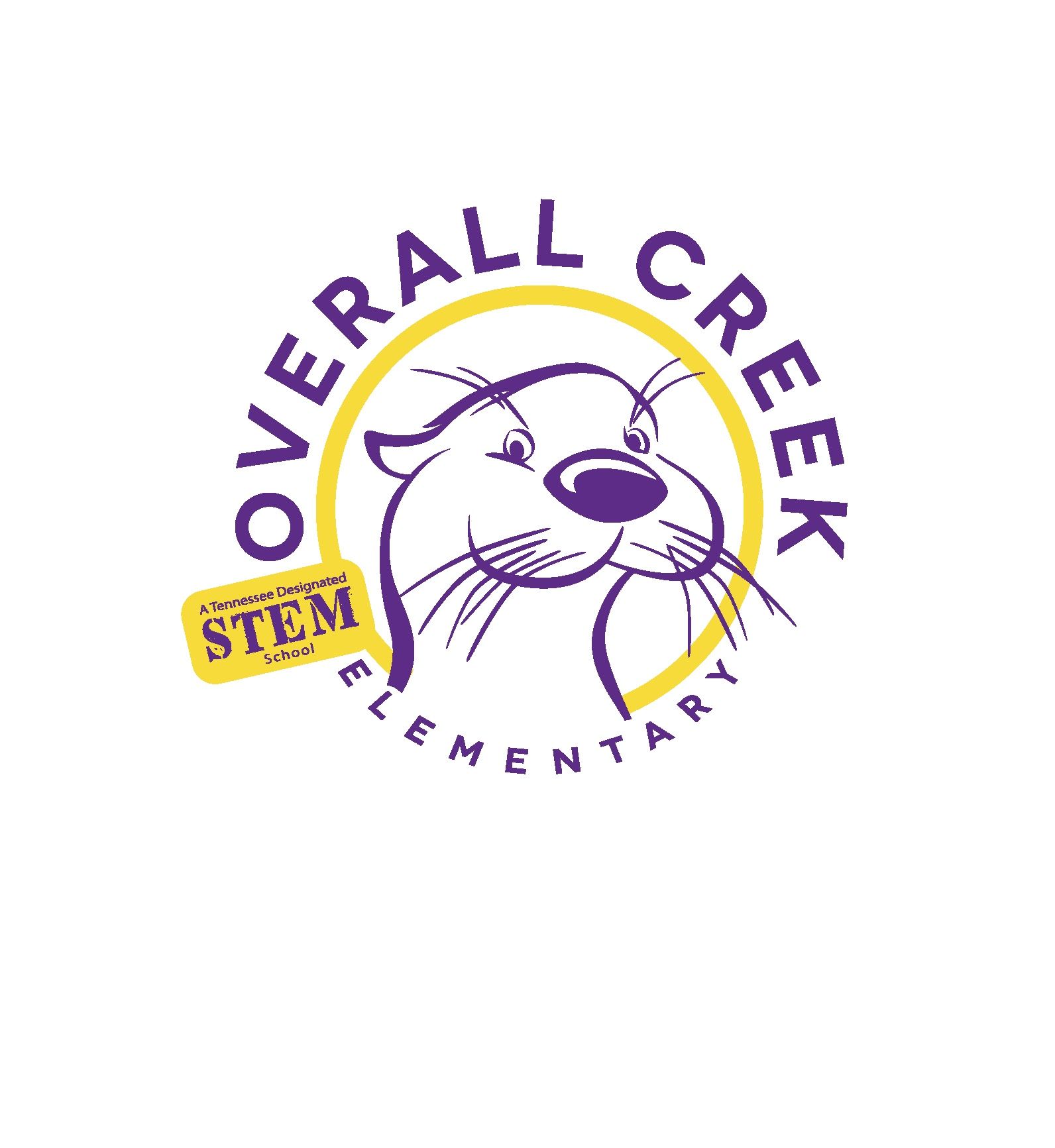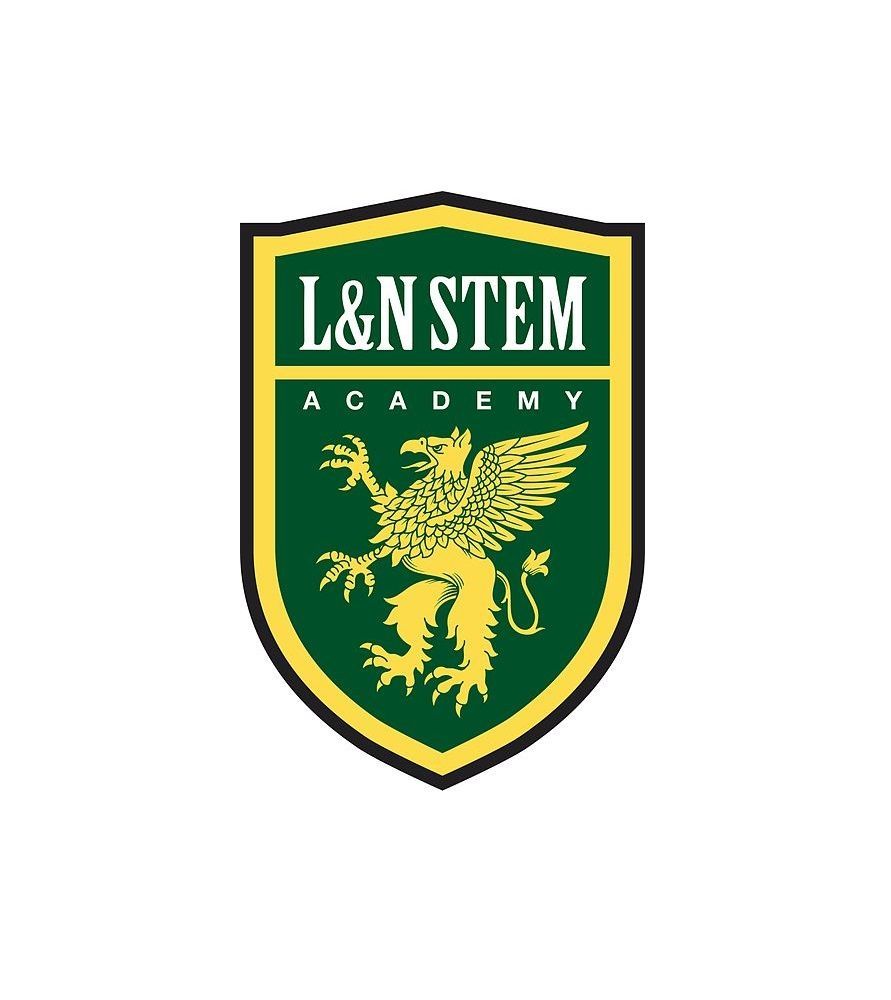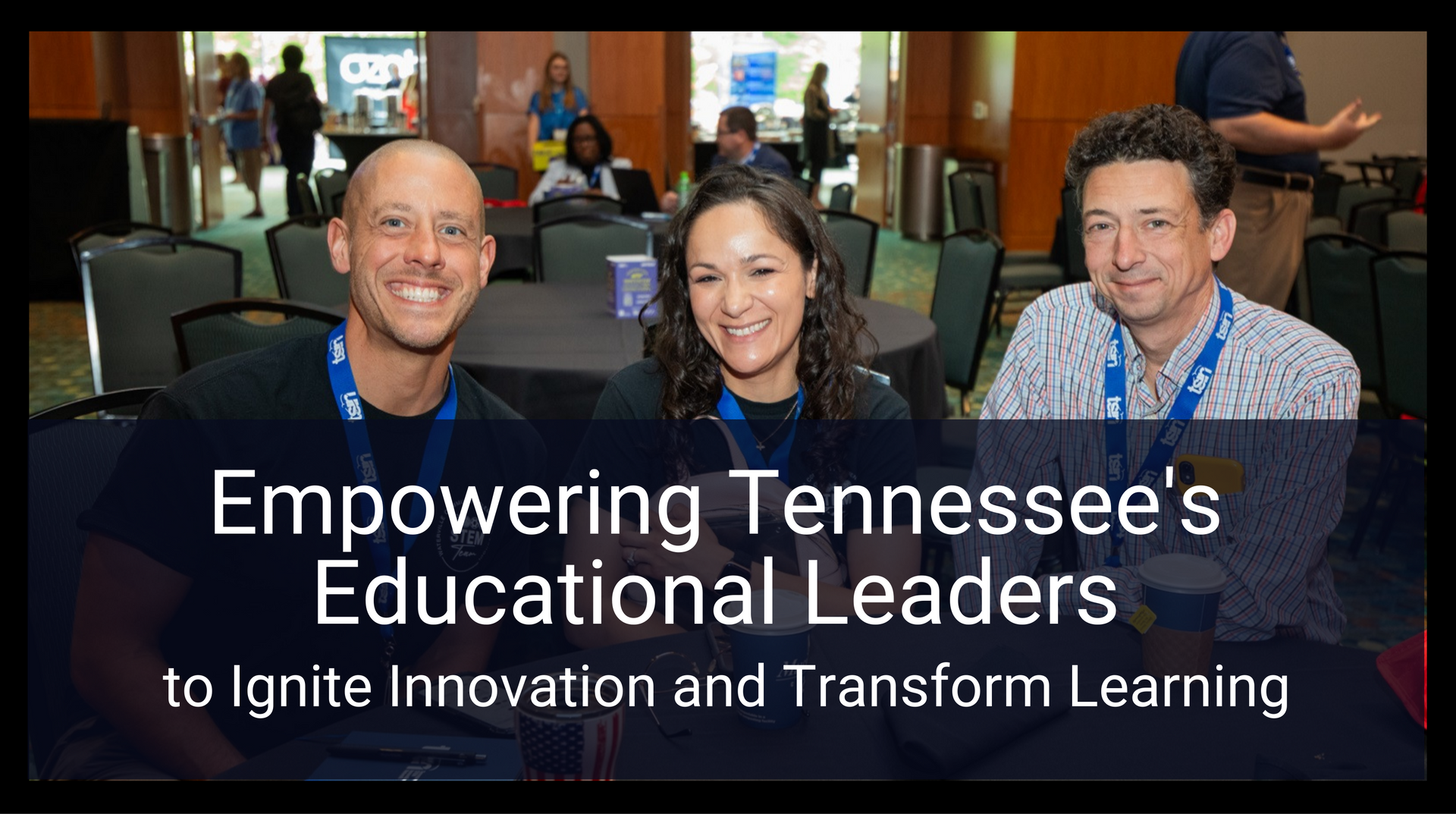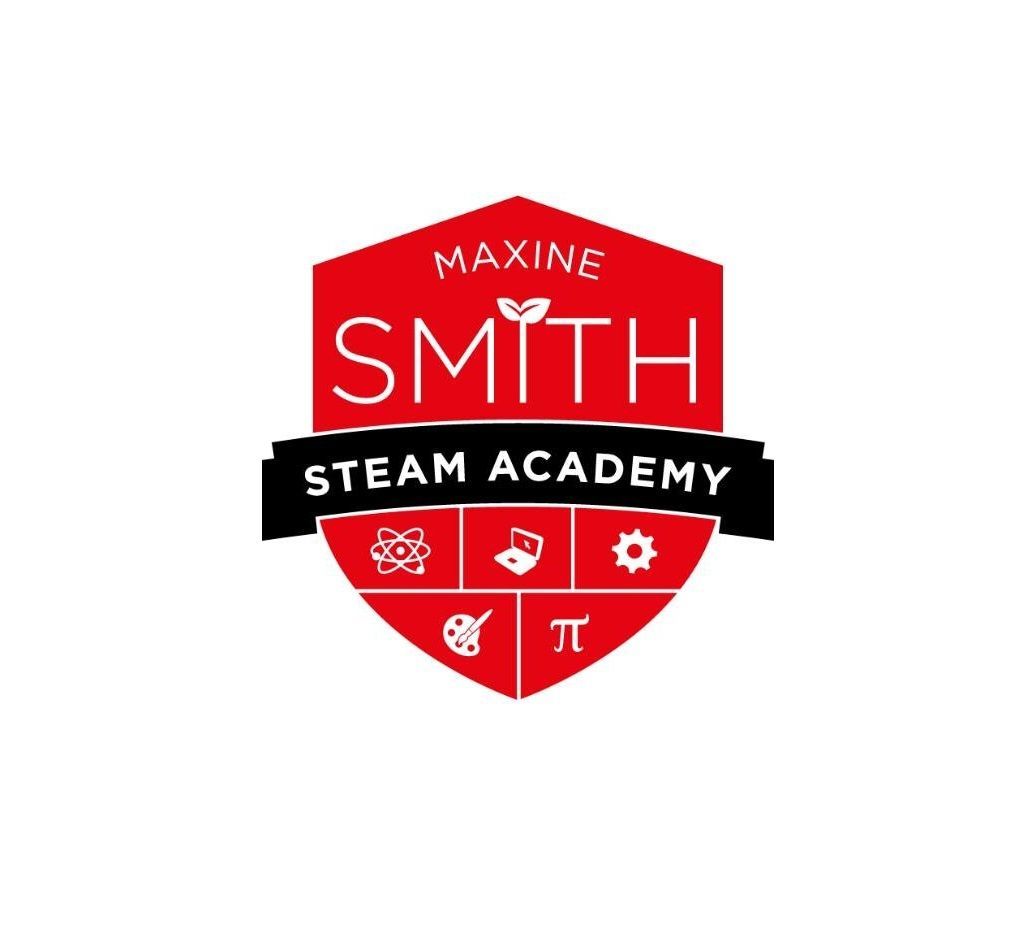STEM Skills Help ‘Move’ Nashville Forward
It is our belief that one of the key tenets of STEM is the ability to apply critical thinking skills to solve societal problems. With its explosive population growth, increasing traffic delays is a challenge facing Nashville today. Over the last several years, an average of 70 people have moved to Nashville every day. To address […]Read more The post STEM Skills Help ‘Move’ Nashville Forward appeared first on Tennessee STEM Innovation Network.
It is our belief that one of the key tenets of STEM is the ability to apply critical thinking skills to solve societal problems. With its explosive population growth, increasing traffic delays is a challenge facing Nashville today. Over the last several years, an average of 70 people have moved to Nashville every day. To address this growing challenge, Mayor Megan Barry announced Let’s Move Nashville , a comprehensive plan to improve transportation in Nashville through the development of faster buses, a light rail system and the incorporation of more ‘smart’ technologies across the city. Implementing a plan like this requires a team of experts with experience in STEM fields. One such expert is Jeff Hammond, the Assistant Director of Public Works. An engineer by trade, Jeff has played an instrumental role in the development of the Let’s Move Nashville plan and uses STEM skills in his job every single day. We sat down with Jeff to learn more about his unique STEM career.

Jeff Hammond, Assistant Director of Public Works
You have played an instrumental role in the development of Mayor Barry’s transportation plan. Why was that plan developed?
Jeff Hammond: When population change happens like we’ve seen in Nashville, it falls on our elected officials to ensure that we can continue to accommodate for our residents. As with any major challenge, there is no magical fix, but we can assess the situation carefully and work to find sustainable solutions. We hear things in the news about self-driving cars and even the Hyperloop , but we are focusing on mass transit solutions. It’s a proven solution and we know we can get a lot more capacity out of the infrastructure that we have through strong transit systems. From a social perspective, it also allows us to focus on improving crowded areas while preserving the integrity of rural communities.
What is the timeline for implementation?
JH: The thing that is right in front of us is the transportation referendum. We have a number of public meetings between now and voting on May 1st where we can share the plan, the potential benefits, and the costs to residents. Then on May 1st, if you are of voting age, you can vote in the referendum. If it passes, that’s when the real work starts. Some short-term improvements could happen within one to five years. While that happens, the engineering design work starts on the improved bus lines and the light rail lines.
Aside from yourself, what sorts of STEM jobs are required for the development of this plan?

Many different STEM jobs will play a role in the development of Let’s Move Nashville
JH: A lot. We will need many different types of engineers to help design and build the infrastructure. Right here at Public Works, we are looking to hire several more engineers and engineering technicians. The technicians help us collect the data from the roads by analyzing car volume and data from traffic signals. That data is instrumental in ensuring that our plan meets the actual population needs of our city. We also see great need for people with IT skills. People do not realize this, but our traffic signals use ‘smart’ technology to talk to each other through fiber optic lines and radio controls and we need folks that can help code and fix those signals. We are also looking for partnerships with app developers such as Waze so that we can get and provide necessary traffic information. More and more the ideas of STEM and the focus on problem solving are involved in everything we do.

A prototype of the Light Rail system included in the plan
How do you use STEM in your specific role?
I think the biggest skill that I use everyday is the ability to take a huge problem and break it down into smaller components. There are so many intricacies to a project like this. For example, we cannot just assume that people will use mass transit unless there are good sidewalks that allow people to safely get from their house to the terminal. We also have to consider how we will reach communities that are on the fringes of the plan. For example, we are considering a partnership with ride sharing apps to help people that are not in walking distance from a terminal still be able to use mass transit. Every aspect of the project must improve speed and efficiency for the consumer. As an engineer, I have to be able to think like a consumer and foresee the potential pitfalls of a decision and work to address them ahead of time.
How do you use the engineering design process in your job?
That is a process that we use in every phase of the project. It’s so important to be able to accurately define the problem at hand, large or small, and then be open to the most creative ideas to solving it. So often we think of engineers as ‘in the box’, cost conscious people, but the most successful people in this line of work are willing to think big and be creative.
For a student who hadn’t previously considered public works as a career, what would you say to them?
It’s very, very rewarding. You get to see challenges in your own community from a different perspective and work to make the lives of your neighbors better.
Thank you to Jeff Hammond for taking the time to chat with us. It’s wonderful to see the impact of STEM skills such as critical thinking and problem solving on the betterment of Nashville. To learn more about Let’s Move Nashville, visit the website.
The post STEM Skills Help ‘Move’ Nashville Forward appeared first on Tennessee STEM Innovation Network.
